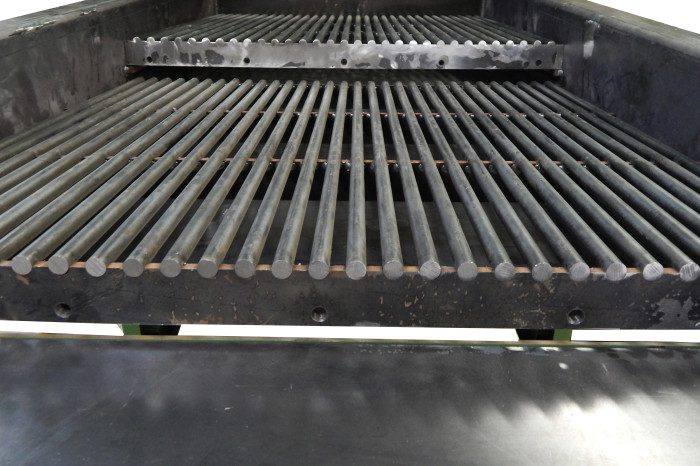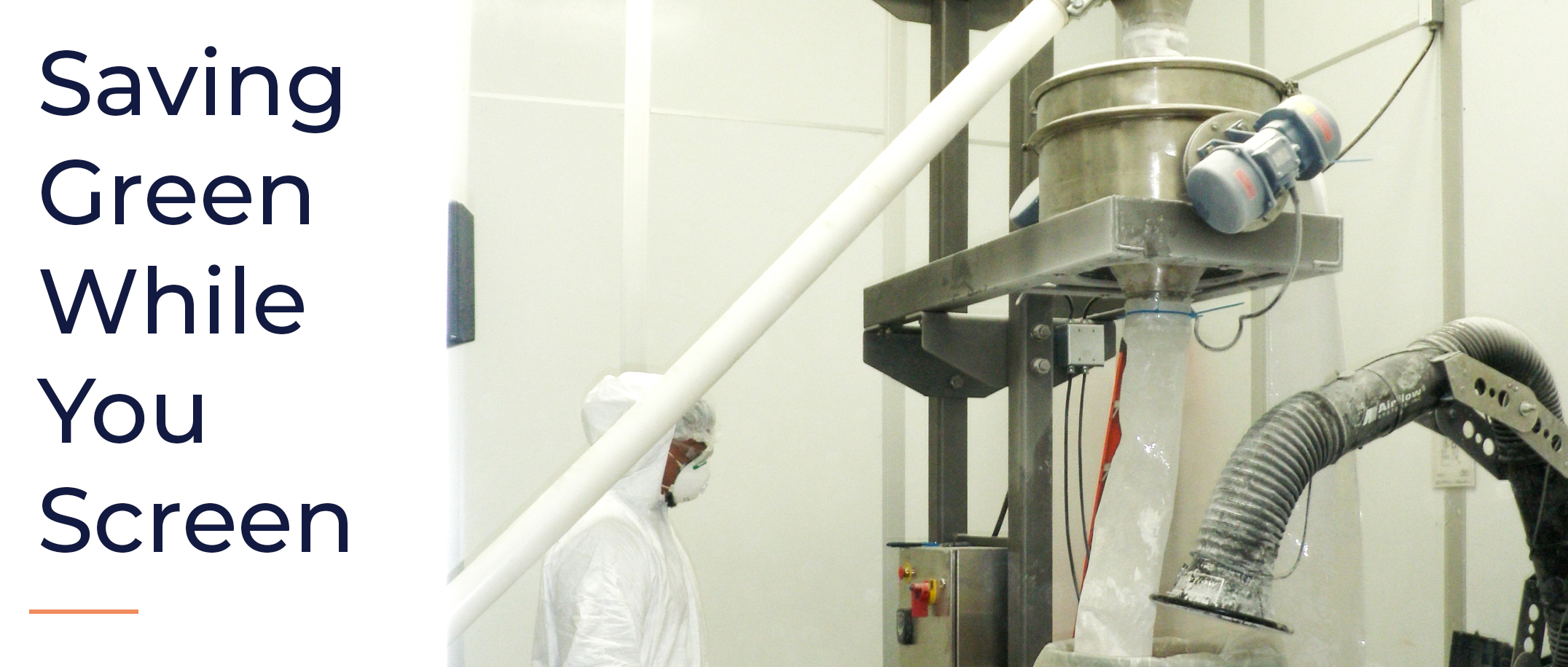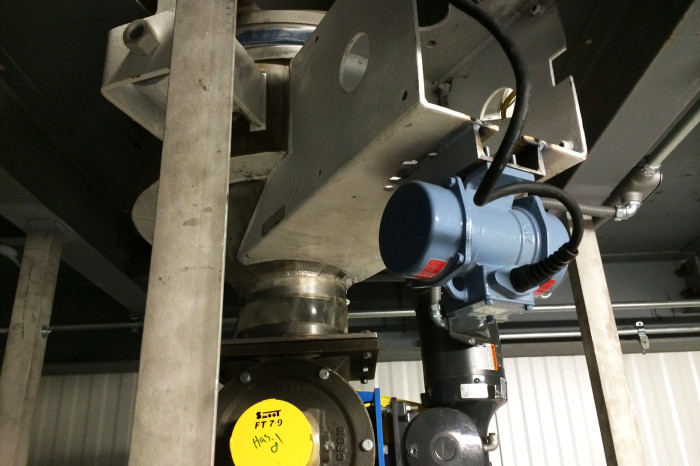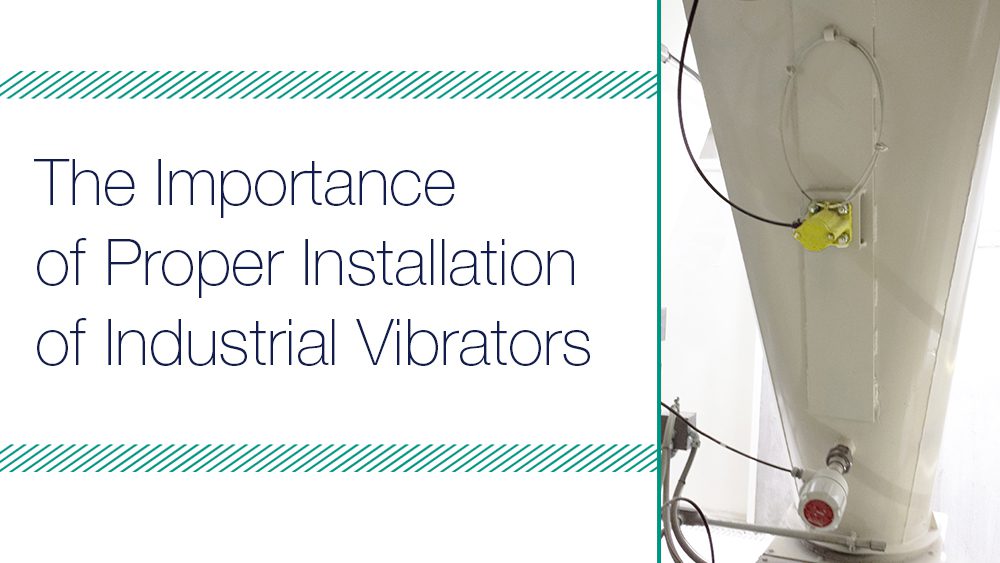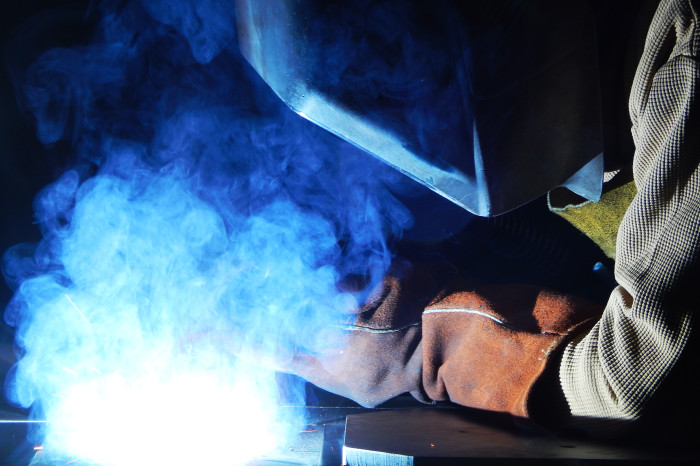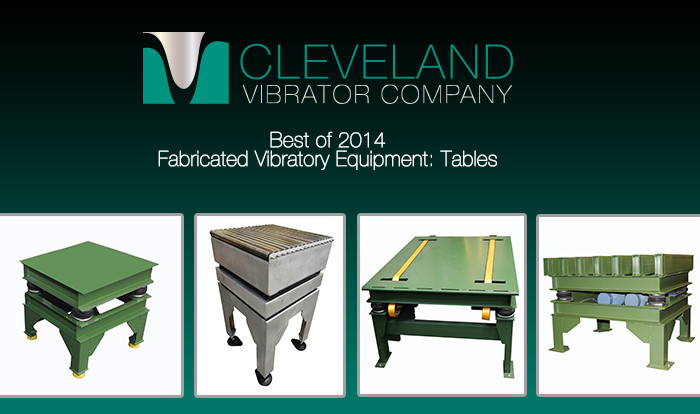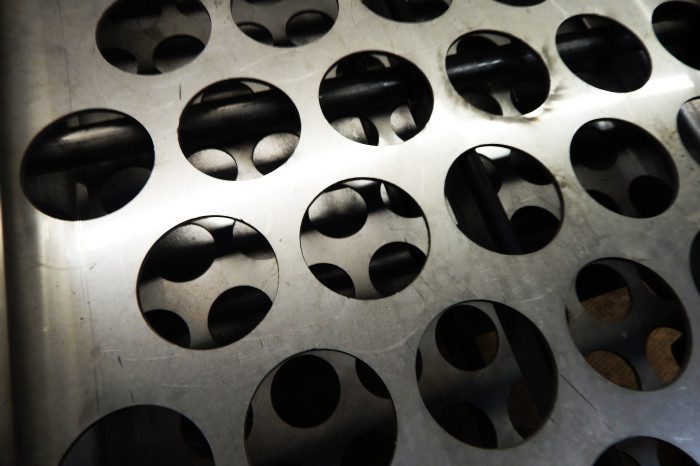Sand Isn’t Just For Beaches…
By Katy Sabo
The sun is shining, the ocean waves are crashing down, and I am enjoying a book on Hilton Head Island… OK. SNAP BACK TO REALITY. Living in Northeast Ohio, one could imagine our winters are long and summers fly by quicker than we can blink. Beach daydreaming is a favorite pastime of mine but also inspired me to right a little blurb about a visit made to a customer right here in Cleveland who deals with that soft every day of the year. The visit gave me a little taste of that soft sand between my toes, literally…
No, I wasn’t lounging in my beach chair, but instead hiking up on top of sand filled silos and learning all about what exactly sand is used for in day-to-day life. One of our fantastic customers invited myself and Glen Roberts to come out and see our Rotary Electric Motors in use on their chutes they use to keep bulk sand flowing through it’s heating, cooling and separating process. If you have read any of my previous blogs, you would know I am a complete sucker for history and find it fascinating to learn all about different processes and how they have evolved over time. This facility we visited was no exception. This plant has been located right off Lake Erie since the 1940’s and has original sand at the bottom of its silos since it’s opening day still present today.
Our trip was quite eye opening and once again, I was completely awestruck over the idea that such a simple material I have played in since I was a kid, played a major role in creating everyday items. We learned there are three different “grades” of sand all serving specific end product use. Read More…

Katy Sabo has been the Industrial Vibrator Duchess of The Cleveland Vibrator Company since 2014. The originator of #VibrationEducation, Katy has helped create CVC brand awareness across the globe and has made it her personal priority to share the importance of Industrial Vibration with anyone willing to listen! When she isn’t shaking things up in the Marketing Department, you can usually find her shopping with her favorite sidekicks (she’s the proud mom of two little ladies), going on long walks/runs with her favorite furry family members, or rooting on any Cleveland team with her diehard fan of a husband.
Share this blog post:



